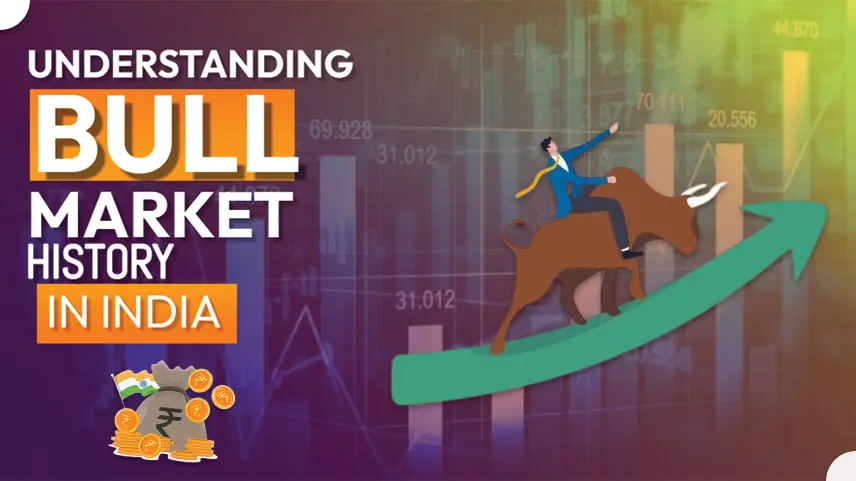Understanding Bull Market History in India
A bull market is a market experiencing an extended period of rising prices and investor confidence. In India, the stock market has witnessed several bull runs over the years, characterized by sustained uptrends and investor optimism. In this article, we will explore the history of bull markets in India and their impact on the economy.

Bull Market History in India
The first bull run in India occurred in the early 1990s, after the liberalization of the Indian economy. The Indian government had introduced a series of economic reforms, including opening up the economy to foreign investment, reducing trade barriers, and deregulating several sectors. This led to an influx of foreign capital into the Indian stock market, which, in turn, fueled a prolonged period of rising stock prices.
The bull market of the 1990s was characterized by a surge in equity investment, with investors flocking to the stock market in the hope of making significant returns. The Bombay Stock Exchange (BSE) Sensex, India's benchmark index, rose from 1,000 points in 1990 to 5,000 points by 1999, recording a compound annual growth rate of 20.2%.
The dot-com boom of the late 1990s and early 2000s further fueled the bull market, with several technology companies listing on the stock exchanges and experiencing phenomenal growth. The BSE Sensex touched an all-time high of 6,000 points in February 2000 before the dot-com bubble burst, causing a sharp correction in stock prices.
The next major bull run in India occurred in the mid-2000s, fueled by a combination of factors, including a growing economy, favorable government policies, and strong corporate earnings. The bull market of 2003-2008 saw the BSE Sensex surge from 2461 points in 2003 to an all-time high of 21,206 points in January 2008, recording a compound annual growth rate of 40.1%.
The global financial crisis of 2008 put an end to the bull market, with the BSE Sensex plummeting to 8,160 points by October 2008. The Indian economy was also hit hard by the crisis, with GDP growth slowing down significantly.
The Indian stock market staged a remarkable recovery in the years following the financial crisis, with the BSE Sensex touching an all-time high of 38,896 points in August 2018. The bull market of 2014-2018 was driven by several factors, including the election of a business-friendly government, a stable macroeconomic environment, and strong corporate earnings.
The bull market of 2014-2018 saw the BSE Sensex record a compound annual growth rate of 14.5%, with several sectors, including banking, infrastructure, and real estate, leading the charge. However, the market witnessed a sharp correction in 2018, with several factors, including rising crude oil prices and a global trade war, causing investor sentiment to turn negative.
In recent years, the Indian stock market has witnessed several ups and downs, with the COVID-19 pandemic causing a sharp correction in early 2020. However, the market has since staged a remarkable recovery, with the BSE Sensex touching an all-time high of 63,099.65 points in November 2022.
Conclusion
The history of bull markets in India is characterized by periods of sustained growth, fueled by a combination of economic, political, and corporate factors. While bull markets can create wealth and generate positive economic outcomes, they also carry the risk of a sharp correction, which can wipe out gains and damage investor sentiment. As always, investors should exercise caution and take a long-term view while investing in the stock market.

0 comments